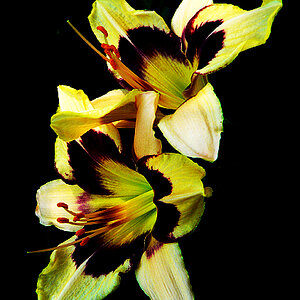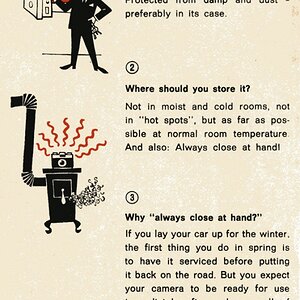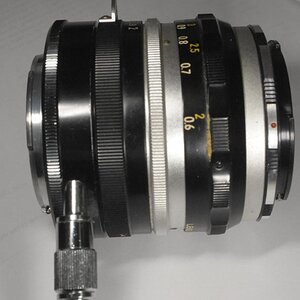adamwilliamking
TPF Noob!
- Joined
- Feb 24, 2009
- Messages
- 481
- Reaction score
- 0
- Can others edit my Photos
- Photos NOT OK to edit
No! Just as a reminder, the digital camera fundamentally works the same as a film camera. The big difference is, changing ISO is like changing film midstream. That chip in the back of the camera is like a different kind of film. So, if you use different "f" stops and the same speed you under or over expose. If you change aperture and speed to compensate, the length of exposure will have an effect on the final image. See, same as film. How much depends on the camera. But, it won't be exactly the same. Your tolerance is what counts.
Arnie
huh?



![[No title]](/data/xfmg/thumbnail/36/36650-edd8c21212fe9fbd7e59bfb08cdc91ea.jpg?1619737672)
![[No title]](/data/xfmg/thumbnail/40/40286-86401b94de8b01bea8bb4ea154aaea0a.jpg?1619739408)







![[No title]](/data/xfmg/thumbnail/36/36653-04eb462de8b26218114605cd5ed176cf.jpg?1619737673)
![[No title]](/data/xfmg/thumbnail/33/33360-ff0b69685c94740bde3f53b6d7aa9af1.jpg?1619735924)
